 |
| Enchanted Cave |
After our Solomon’s Paradise sojourn, we next proceeded along the road to Enchanted Cave, one of three caves (the others are Cindy’s Cave and Wonderful Cave) in Brgy. Patar in Bolinao. Located in a private property it is, however, open to the public (in early 2000) but, you’ll have to pay an entrance fee of PhP30 if you’ll just look at the place and take pictures, and PhP40 if you’ll swim. This was to be my second visit to the cave (the first was in March 2005). The owner allowed us entry into the premises and, as we were in a rush, skipped the usual orientation by its staff. Along its paved walkway amidst a lush garden and huts, we noticed, mixed with the garden landscape, fossilized remains of giant clams discovered in the hilltop, 2 kms. from the cave, and estimated to be about 2-3 million years old. The fact that it was a cave made of coral limestone is evidence that the place was under water for millions of years and that the beach head of Bolinao extended almost a kilometer from the current beach line.
 |
| Fossilized clams |
We then carefully went down, through a small opening with paved steps and railing, to the cave’s 30-m. freshwater (which some say is unusual for a coral cave) pool with cool and crystal clear water. Adequately lit, it was very humid and musty inside. According to the caretaker, the pool, connected to an underground river, has depths of 3-6 ft., during low tide, and 3-10 ft. during high tide. Swimmers are restricted by management from entering certain areas clearly marked by ropes. Some scenes in the 1996 movie Ang Pinakamagandang Babae sa Balat ng Lupa (starring Ruffa Gutierrez) and the popular 2008 GMA 7 telenovela Dyesebel (starring Marian Rivera and Dingdong Dantes) were shot here. Actor Piolo Pascual was also said to have visited the cave.



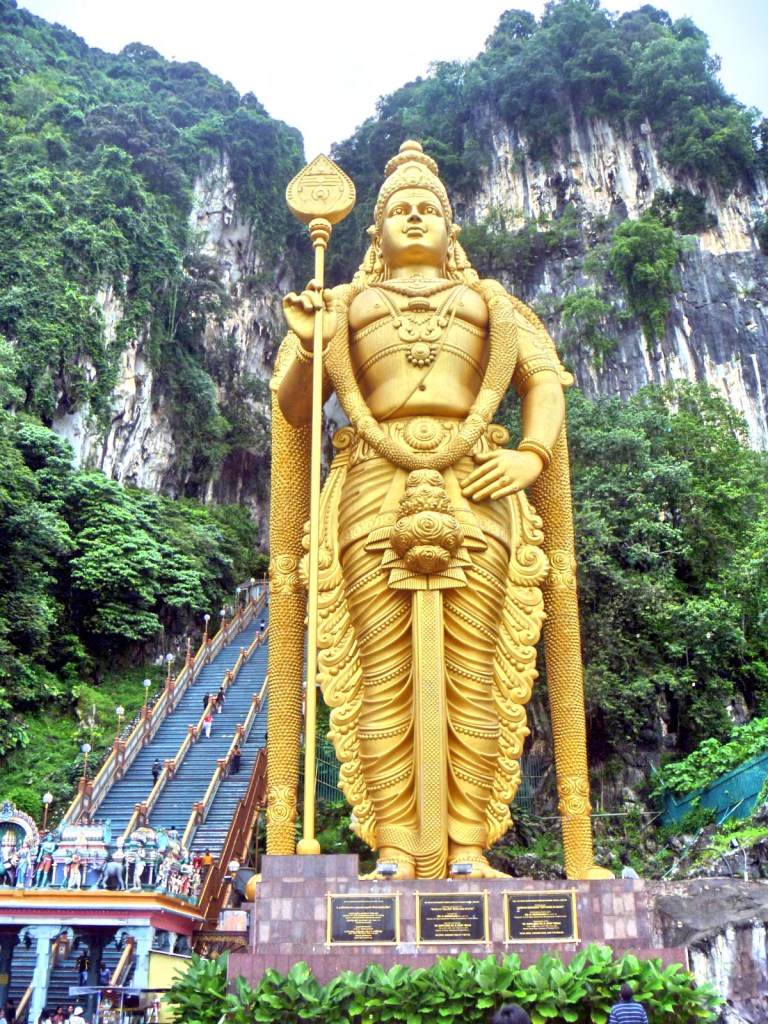
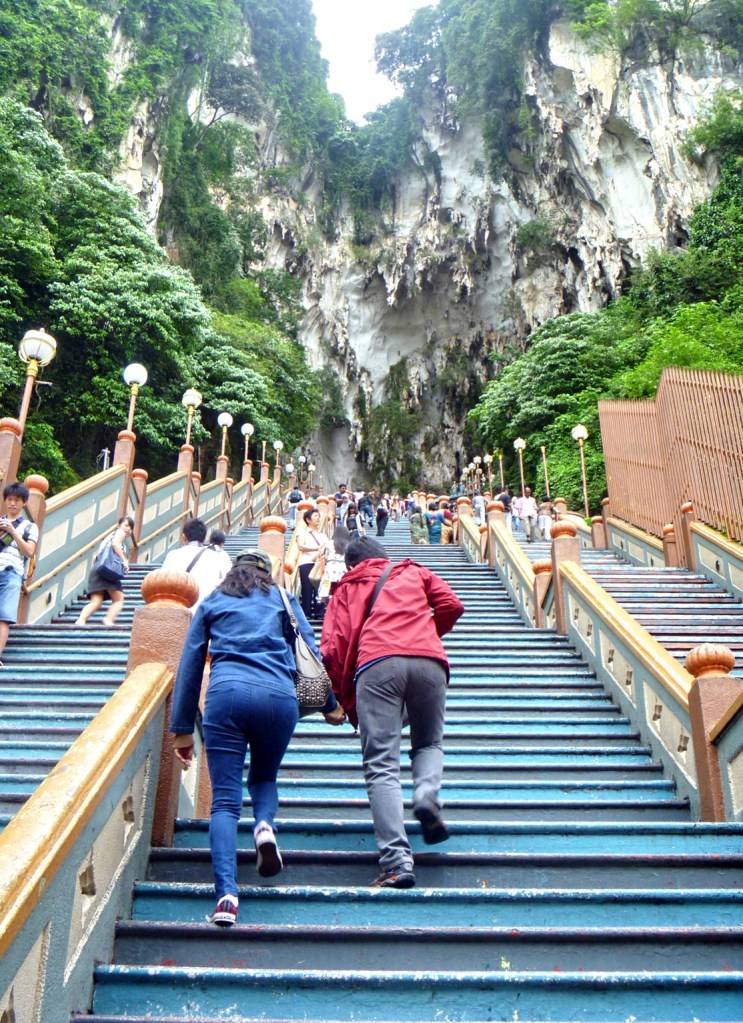
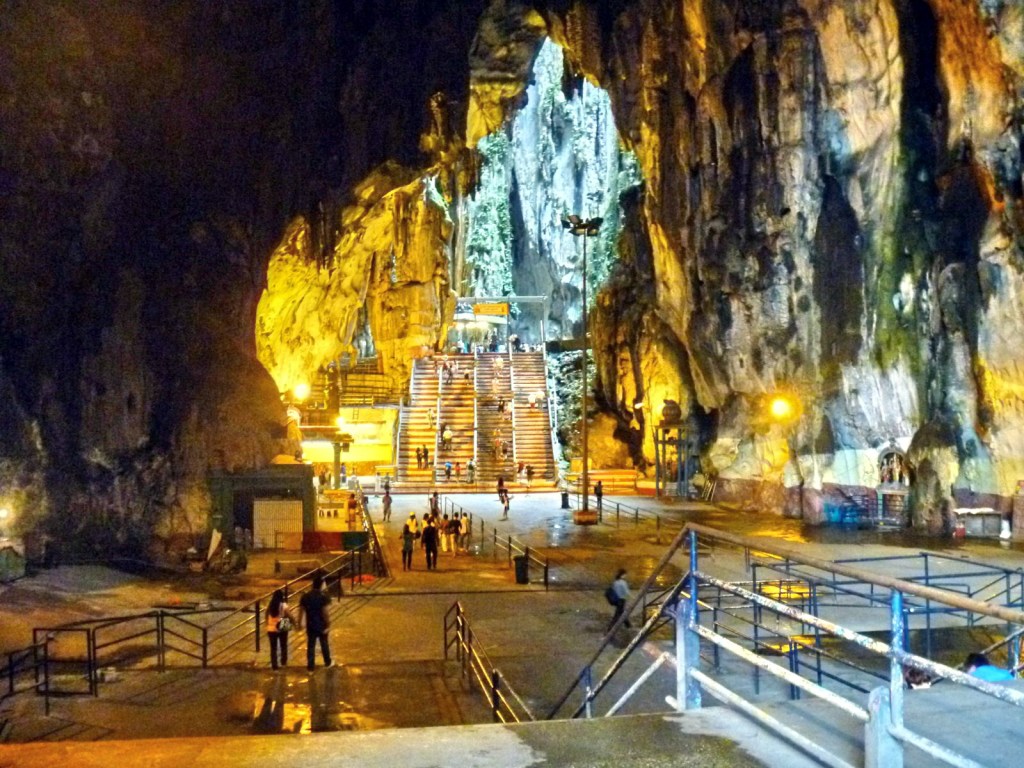
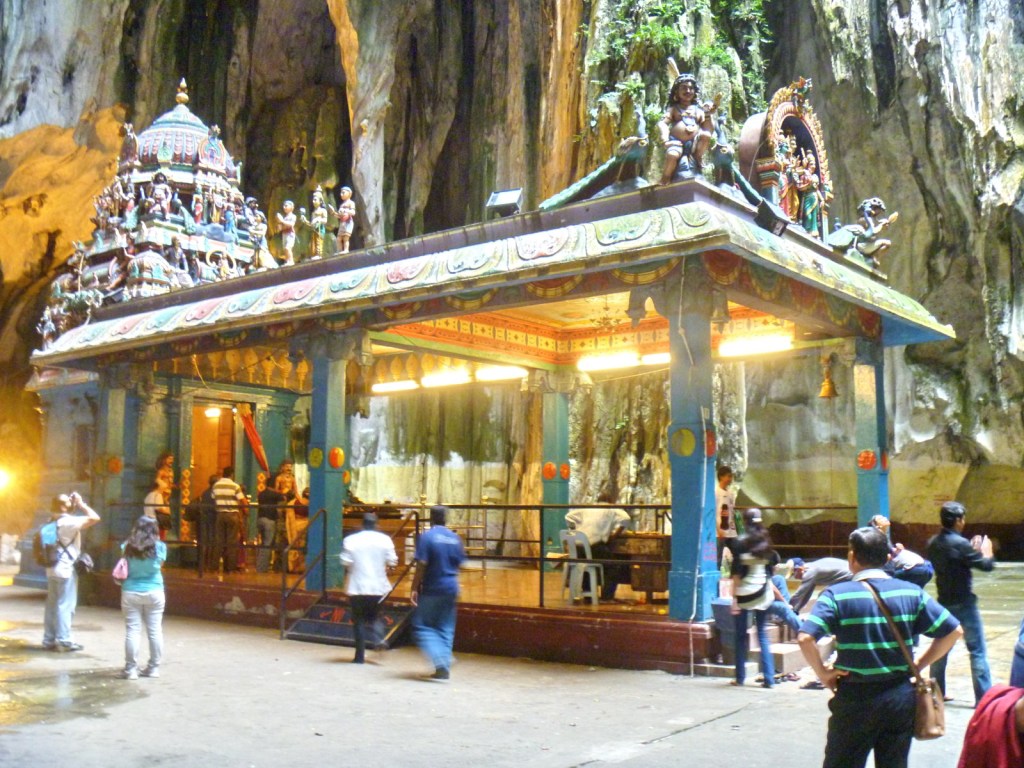






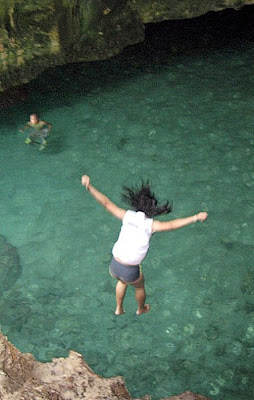


.jpg)


























